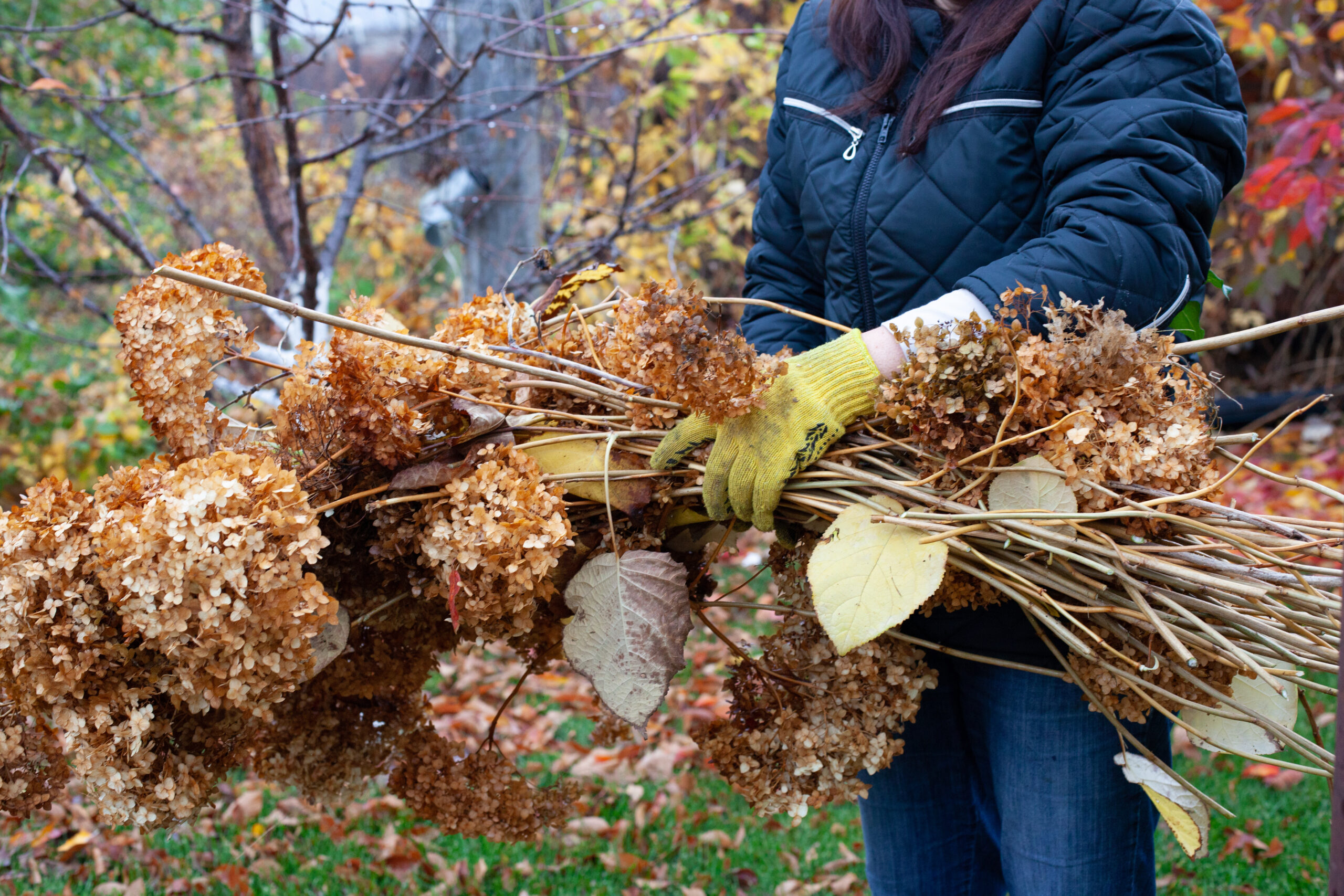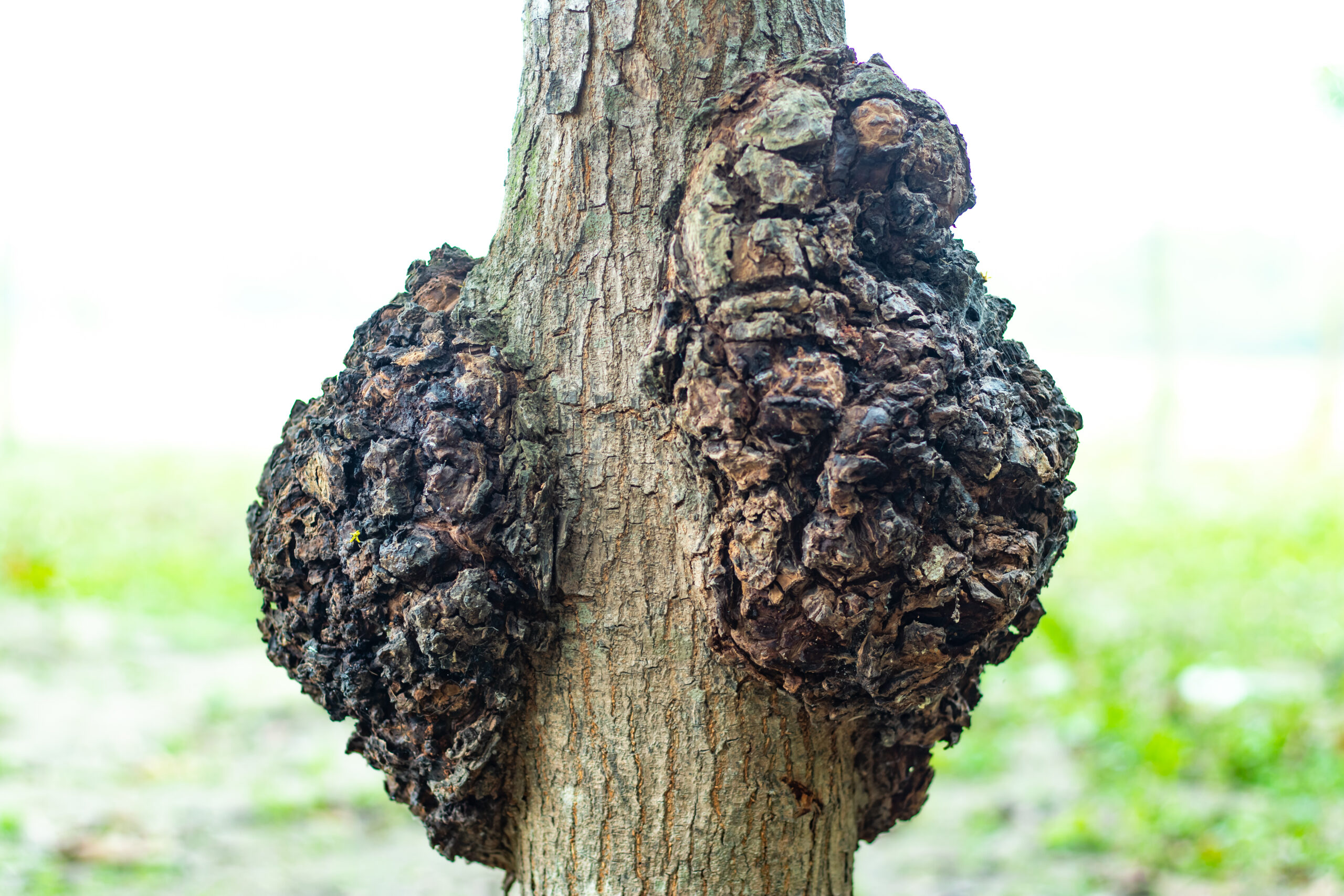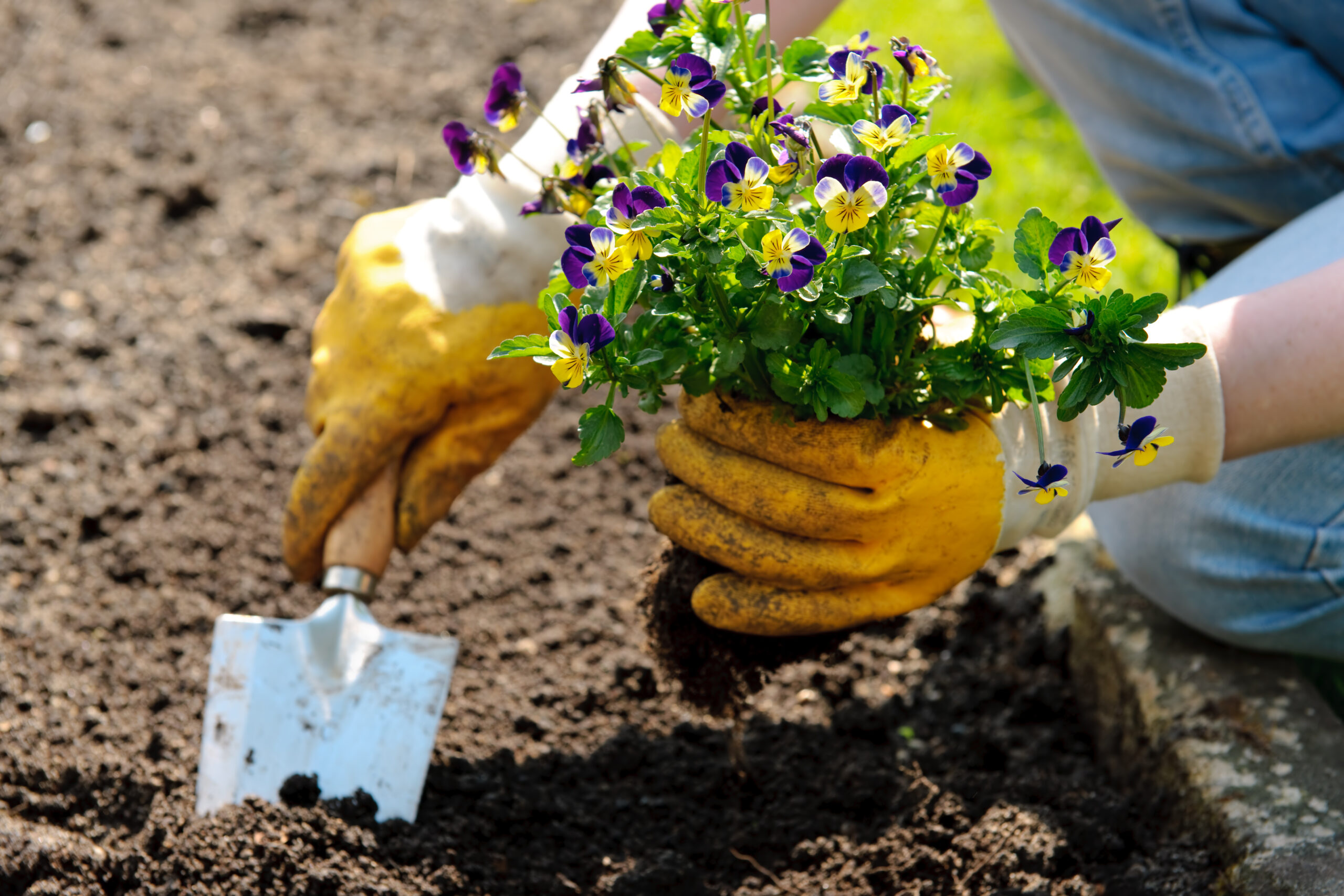We value our Nashville trees. For their beauty, their resilience, and the critical role they play in supporting Middle Tennessee’s green infrastructure, air quality, and habitat. When it comes to maintaining their size, shape, strength, and health, however, they need a little help.
There’s a lot you can do to make sure your trees thrive during the winter so that come spring and summer, they’ll be the picture of resplendence once again. And this begins with proper tree pruning.
While many trees in Nashville are best pruned from late November to early March, some trees need professional pruning right now, before the stormy weather arrives.
Here’s why October is the perfect time for pruning trees, and a list of the common types of trees that need this kind of attention.
Why Prune in Fall?
Pruning at this time of the year enhances a tree’s long-term stability, prevents pests and diseases from spreading, and reduces potential hazards from winter storms. And with the absence of excessive leaves, it’s easier for your arborist to assess a tree’s limbs and overall structure, helping them identify weak points in converging tree trunks, crossing branches, and other problem areas.
By October, Nashville trees have also slowed their growth and are preparing for dormancy. This means they’ll be less impacted by the removal of dead or problematic growth. When a tree isn’t actively growing, it can redirect energy toward recovery instead of toward repairing cuts so that by spring, the tree is ready to flush out new growth.
And let’s not overlook the aesthetic value tree trimming imparts. A beautifully maintained tree or set of trees creates a cleaner, more polished appearance, sprucing up your yard or your urban business area. Fall pruning keeps every property looking well-maintained as we move into the colder months and summer’s foliage has long disappeared.
Benefits for Tree Health and Safety
An often-overlooked benefit of pruning at this time of year is that it helps prevent the spread of disease, pests, insects, and harmful fungi that thrive in warm, humid weather and may have made a brand-new home out of your trees over the summer. By removing infected limbs now, you prevent problems from progressing. This is especially important in Nashville, where pests like borers and fungal infections can be fatal to the trees in our area.
In addition to healthy maintenance, pruning right now is a good safety call. Winter snow, ice, and wind can cause compromised limbs to snap, creating dangerous conditions for homeowners, business owners, and anyone walking beneath the tree’s branches. Thinning out the canopy in the fall prevents overcrowding and keeps branches that hit each other when it’s windy from breaking under the weight of accumulated ice and snow. Removing these risks now is far better than dealing with emergency tree services during a January storm. It keeps your home, vehicles, and your surrounding structures safe.
Healthy, well-maintained trees and landscaping can also help increase the value of your home. When it comes time to sell, you can command top price thanks to a well-manicured yard that many buyers prioritize.
Common Tree Types to Prune in Nashville
Nashville’s mix of native and ornamental trees makes the timing of pruning especially important. While some trees should wait until late winter, others will benefit from some light fall maintenance. If you have any of the following trees on your property, it’s a good time to call your arborist and schedule a pruning service:
- Fruit trees: Light pruning can be done after harvest time to remove suckers (shoots that emerge from the roots and can form dense, invasive thickets) or water sprouts that can rob energy from the tree. Major pruning, however, should be postponed until late winter or early spring.
- Birch trees: These are best trimmed in early fall to reduce heavy sap bleeding that can occur in winter. Pruning can also remove dead, damaged, or diseased branches.
- Catalpa trees (also known as the Indian Bean Tree): They can be pruned from late October through winter. A light trim helps maintain the shape of your tree and removes dead and damaged branches.
- Hornbeams: These also benefit from light pruning in October to remove diseased or broken limbs, though major pruning is better left for late winter or early spring.
- Robinia (commonly known as black locust): Robinia trees can be pruned now to prevent sap from bleeding from the cuts, to prevent suckers, and to remove dead or damaged wood.
- Sorbus trees: These can be pruned this month to eliminate crossing branches or damaged wood. Heavier crown thinning, however, is best delayed until later in the dormant season.
Pro tip: Removing dead, diseased, or hazardous wood is always appropriate, regardless of the season, as it supports both tree health and safety in and around your property or place of business.
Why Hire a Certified Arborist
While general fall pruning offers a variety of benefits, be aware that some plants or flowering trees have very specific pruning needs. What works well for one could harm another if done incorrectly or at the wrong time of year.
At The Parke Company, we understand the pruning cycles our Nashville trees require and how to safely maintain their health and strength, season after season, year after year.
Our certified arborists provide a variety of tree services, and are also well-versed in the unique biology of each tree species in Nashville. We can spot early signs of stress, disease, or insect infestation that homeowners might easily overlook, and recommend the right treatments for preventing small problems from becoming large, costly ones down the road.
To ensure your trees continue to thrive, schedule your fall pruning with our pro team today. Be proactive with your tree and landscape maintenance, and work with the local experts at The Parke Company.
Get in touch now for the care your trees need, and the peace of mind you deserve.





